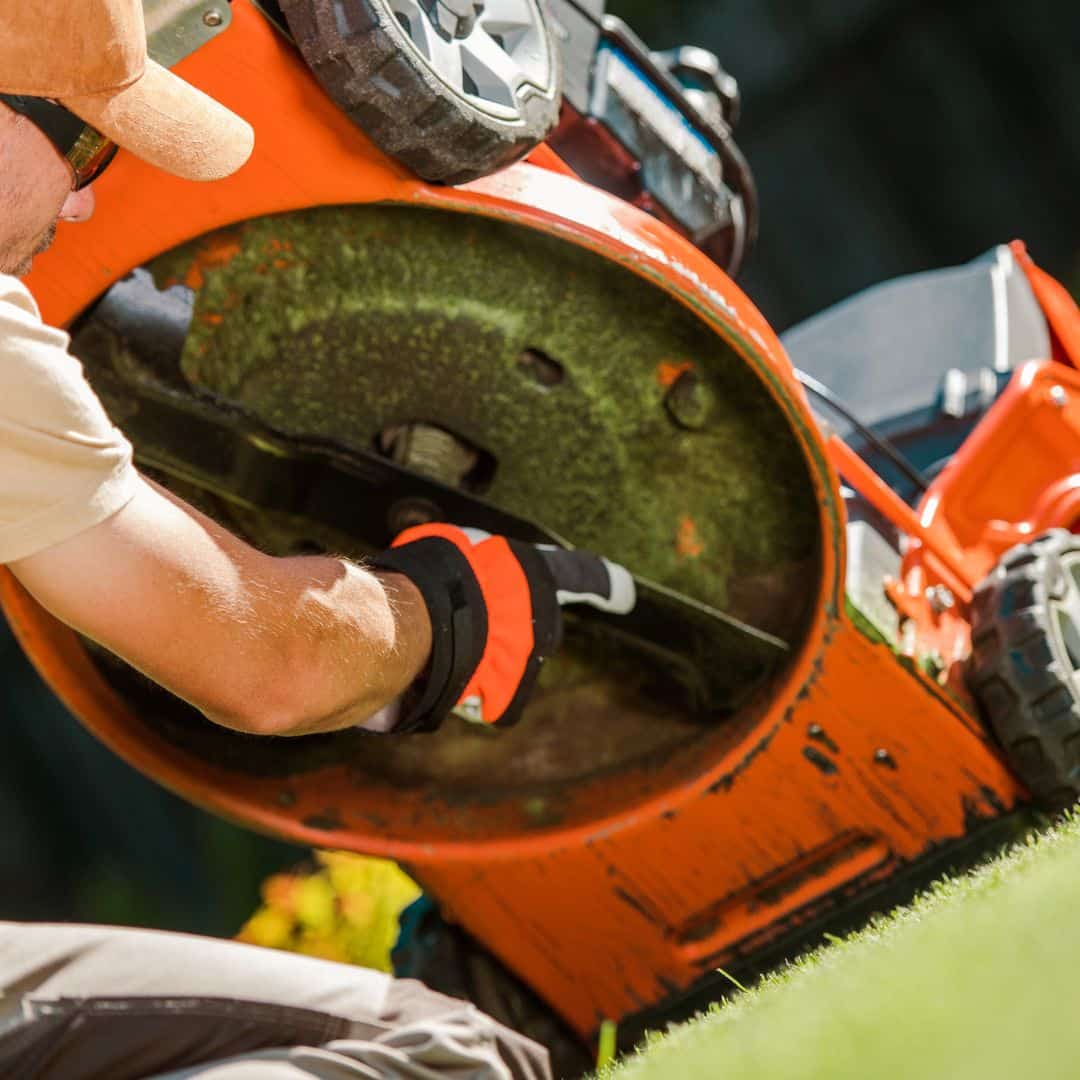
How to Troubleshoot a Lawn Mower
If your lawn mower won’t start, runs rough, or stalls out, the most common culprits are bad gas, dirty filters, or a worn spark plug. With a few simple checks—fuel, air, spark, and blade—you can often diagnose and fix the issue yourself.
Introduction
There’s nothing more frustrating than gearing up to mow your lawn only to find that your mower won’t start—or worse, it starts and dies mid-pass. Whether you’ve got a gas-powered push mower or a riding mower, most problems boil down to a few basic causes. This guide walks you through how to troubleshoot a lawn mower so you can get back to a clean-cut yard without calling for repairs (unless you really need to).
🛠️ Common Lawn Mower Problems and How to Fix Them
1. Lawn Mower Won’t Start
✅ Likely Causes:
-
Old or bad fuel
-
Disconnected or fouled spark plug
-
Clogged air filter
-
Carburetor gummed up
🔧 Quick Fixes:
-
Drain old gas and replace with fresh fuel (especially after winter storage).
-
Check the spark plug—make sure the wire is connected, and replace if it’s blackened or corroded.
-
Clean or replace the air filter (paper filters can clog easily).
-
Try starting fluid to check if the carburetor is the issue. If it runs for a second then stalls, it’s a fuel delivery problem.
2. Mower Starts But Stalls
✅ Likely Causes:
-
Dirty carburetor
-
Blocked fuel line
-
Water in the gas
-
Bad gas cap (causing vapor lock)
🔧 Quick Fixes:
-
Remove the carburetor and clean with carb cleaner. Reinstall carefully.
-
Inspect the fuel line for clogs or kinks. Replace if needed.
-
Try loosening the gas cap slightly—if it runs better, you may need a new one.
3. Engine Runs Rough or Surges
✅ Likely Causes:
-
Dirty or improperly gapped spark plug
-
Unstable fuel supply
-
Air leak around carburetor
-
Dirty air filter
🔧 Quick Fixes:
-
Replace the spark plug or check the gap with a gauge.
-
Remove and reinstall the carburetor, checking for secure gaskets.
-
Replace air filter if it’s discolored or filled with debris.
4. Mower Blades Won’t Engage
✅ Likely Causes:
-
Disengaged or broken blade belt
-
Blade clutch or switch issue
-
Safety sensor failure (seat, brake, or handlebar sensor)
🔧 Quick Fixes:
-
Inspect the belt for breaks or wear—replace if frayed.
-
On riding mowers, check seat and brake sensors. Try wiggling wires to test for response.
-
On walk-behind models, confirm that handlebar cables are taut and not frayed.
5. Mower Vibrates Excessively
✅ Likely Causes:
-
Bent blade or crankshaft
-
Blade installed incorrectly
-
Loose engine mounting bolts
🔧 Quick Fixes:
-
Inspect the blade—never bend it back, replace if it’s warped.
-
Remove the blade and reinstall with proper torque.
-
Check under the deck for debris buildup (wet grass clumps can throw balance off).
⚙️ Troubleshooting Checklist
If you’re not sure where to begin, follow this order:
-
Check Fuel – Is it fresh, clean, and getting to the engine?
-
Inspect Spark Plug – Connected, clean, and correctly gapped?
-
Clean Air Filter – Can air flow freely through it?
-
Inspect Blade – Is it sharp, balanced, and mounted correctly?
-
Check Safety Switches – Are sensors or levers stopping the engine?
🧰 Must-Have Tools for Troubleshooting
-
Spark plug wrench
-
Flathead and Phillips screwdrivers
-
Socket set
-
Carburetor cleaner
-
Fuel siphon or turkey baster
-
Compressed air (optional but helpful)
🌿 Seasonal Mower Maintenance Tips
To reduce breakdowns and simplify troubleshooting:
-
Spring: Change the oil, sharpen the blade, and check all cables and filters.
-
Summer: Clean the deck regularly to prevent buildup and check the blade monthly.
-
Fall: Empty fuel before storing or add stabilizer.
-
Winter: Store in a dry, covered area and disconnect the spark plug wire.
🤔 When to Call a Pro
If you’ve done the above and still have issues, it might be time to bring in a repair tech—especially if:
-
The engine smokes or knocks loudly
-
You can’t pull the starter cord (could indicate internal engine damage)
-
The carburetor requires a rebuild
-
You suspect electrical or wiring issues
Local repair shops can often get you running for less than $100 if it’s a minor fix.
❓FAQ
How do I know if I need a new spark plug?
If the tip is black, oily, or the electrode is worn down, replace it. It’s a cheap fix that often restores performance.
Why is my mower smoking?
White smoke usually means burning oil—check for overfilling. Black smoke points to a rich fuel mixture, likely due to a dirty air filter or carburetor.
How do I clean a carburetor without removing it?
Use carburetor cleaner spray directly into the intake after removing the air filter. Start the mower to pull cleaner through.
What fuel should I use in my mower?
Use unleaded gasoline with no more than 10% ethanol (E10). Avoid E15 or E85—they can damage small engines.
Can I sharpen my own mower blade?
Yes—with a metal file, angle grinder, or bench grinder. Always balance the blade before reinstalling it to prevent vibration.
🧩 Conclusion
Most lawn mower issues can be solved by checking the basics: fuel, spark, air, and blade condition. With a simple set of tools and 15–30 minutes of focused troubleshooting, you can save money and keep your mower running strong all season long. If you’re stuck after trying the basics, don’t hesitate to call in a pro—you’ll often spend less than buying a new mower.




No Comments
Sorry, the comment form is closed at this time.